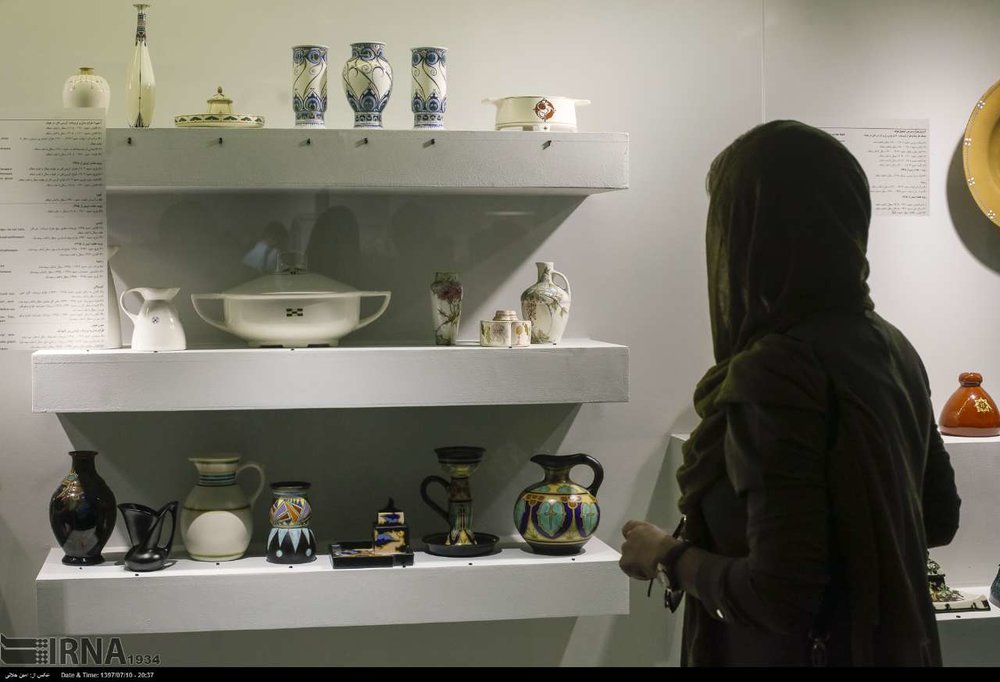Dutch archaeological show opens in Tehran

TEHRAN – On Tuesday, the Netherlands ambassador to Tehran cut the ribbon on an extensive Dutch archaeological show at the National Museum of Iran, where couple of months ago, hosted a Louvre show widely deemed as a new wave of cultural diplomacy between Iran and the West.
Yvette Daoud underlined that collaboration between Dutch and Iranian museums is an example of a successful diplomacy between the two countries that can bring thousands of visitors to the history and civilization of the two countries, IRNA reported.
The Dutch envoy attached great importance to cultural exchange as a way to deepen mutual esteem, saying “We believe that strengthening cultural exchanges is advantageous because they lead to a better understanding of nations.”
Another speaker at the opening ceremony, Iran’s Cultural Heritage, Handicrafts and Tourism deputy director Mohammad-Hassan Talebian, underlined cultural exchanges among countries, noting “We believe broadening museum relations is a top way to strengthen relations between nations and to promote peace in the world.”
Loaned by Drents Museum, the event has put on show 331 objects including stone tools, jewelry, and natural human mummies in three sections of archeology, pottery and paintings, the latter is dedicated to artworks of the 18th to the 20th centuries.
Titled “Dutch Archaeology and Art”, the exhibit will be running through April 6, 2019.
Drents Museum, in return, is showcasing some 200 Iranian antique items in an exhibit titled “Iran – Cradle of Civilization”.
“These treasures have long been hidden from the Western world. Many of them have never been exhibited in the Netherlands before, and have even never been on show outside Iran before,” according to the Drents Museum website.
This year, the National Museum of Iran also showcased other loan collections including ones from Armenia and South Korea.
The Louvre show, which wrapped up on July 30, pulled in over 250,000 nationwide visitors since its opening date on March 5. It put on show some 50 works including 2,400-year-old Egyptian sphinx, a bust of Roman emperor Marcus Aurelius and drawings by Rembrandt and Delacroix and other artifacts linked to Greek, Egyptian and Mesopotamian culture, as well as objects from ancient Iran.
In parallel, the Louvre played host to “The Rose Empire Masterpieces of 19th-Century Persian Art”, which showcased a vast collection of Qajar-era (1785-1925) objects at France’s Louvre-Lens art museum from March 28 to July 22.
AFM/MQ/MG
